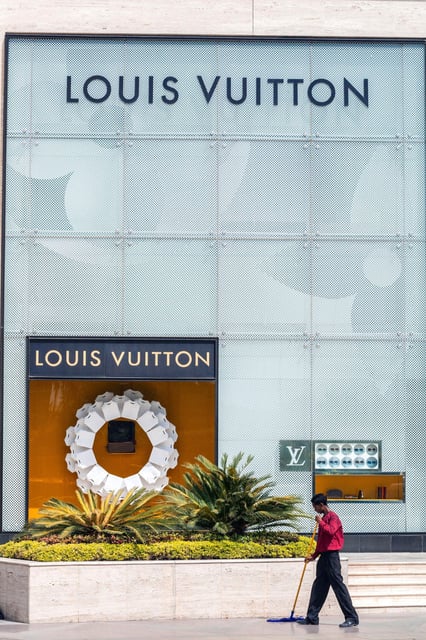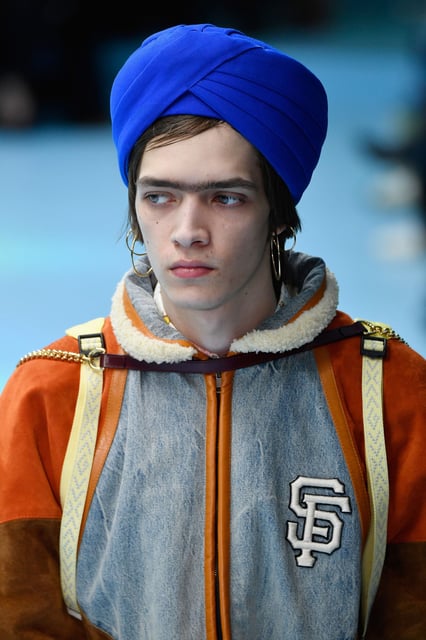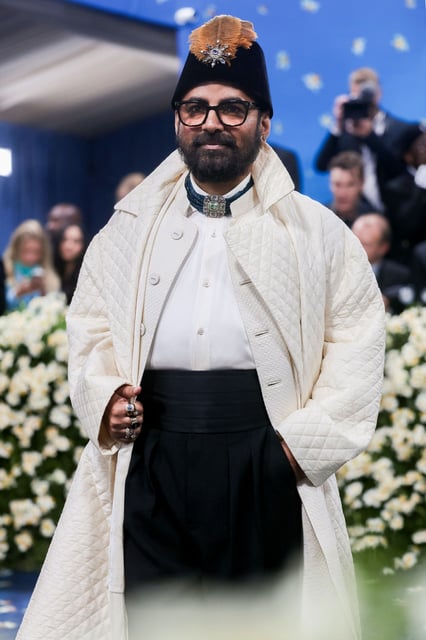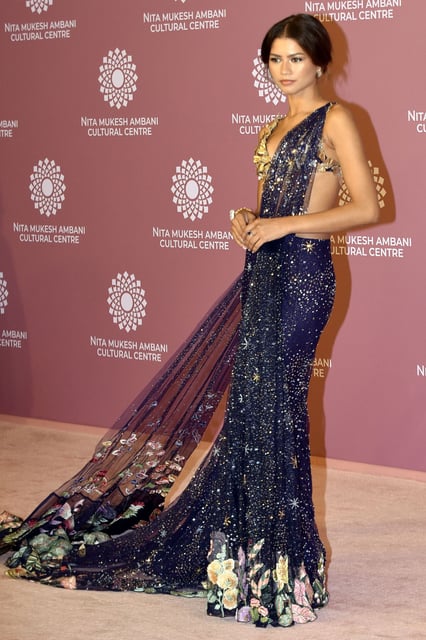Overview
- Prada has formally acknowledged that its Milan runway sandals were inspired by traditional Kolhapuri chappals and met with Indian footwear artisans to explore collaboration opportunities.
- Kolhapuri chappals hold an Indian geographical indication tag that offers domestic protection but requires separate international registrations to prevent overseas copying.
- Industry experts and media outlets are urging the creation of coordinated producer bodies with legal authority to register and enforce GIs abroad.
- Artisans warn that without proper attribution and value-chain reforms, craft makers will continue to be under-credited and under-paid when products are assembled or branded overseas.
- The Prada episode follows similar appropriation cases by Gucci, Reformation and H&M, highlighting persistent institutional gaps in India’s craft-protection framework.



